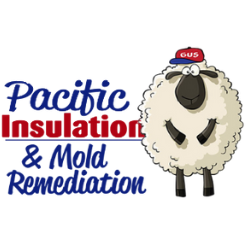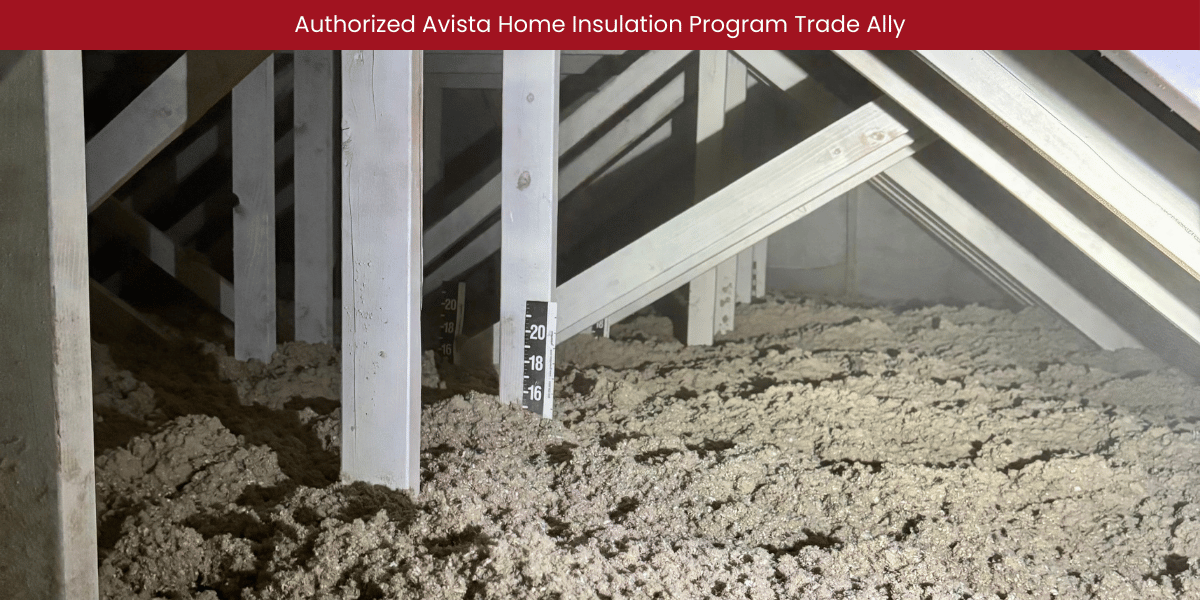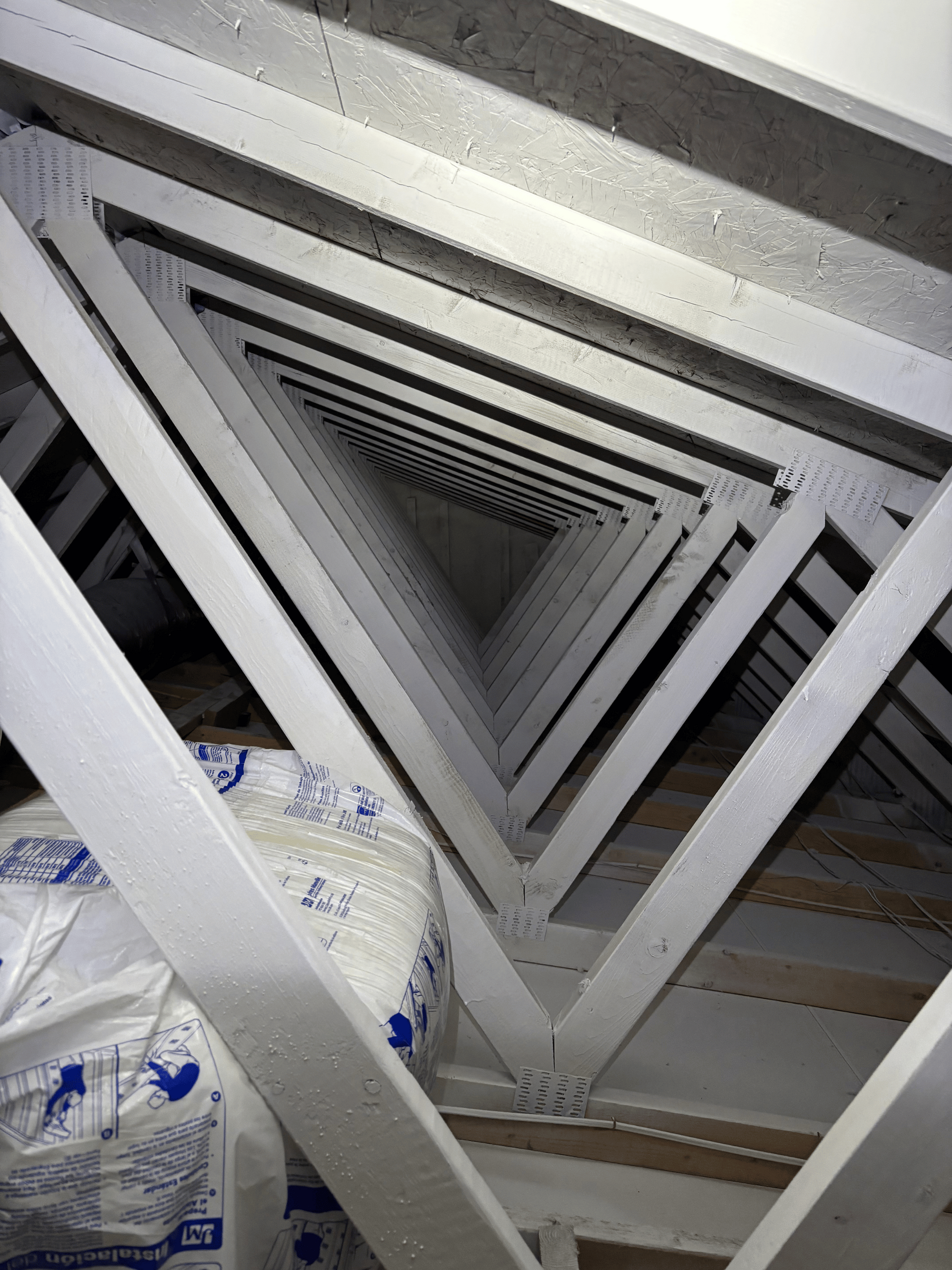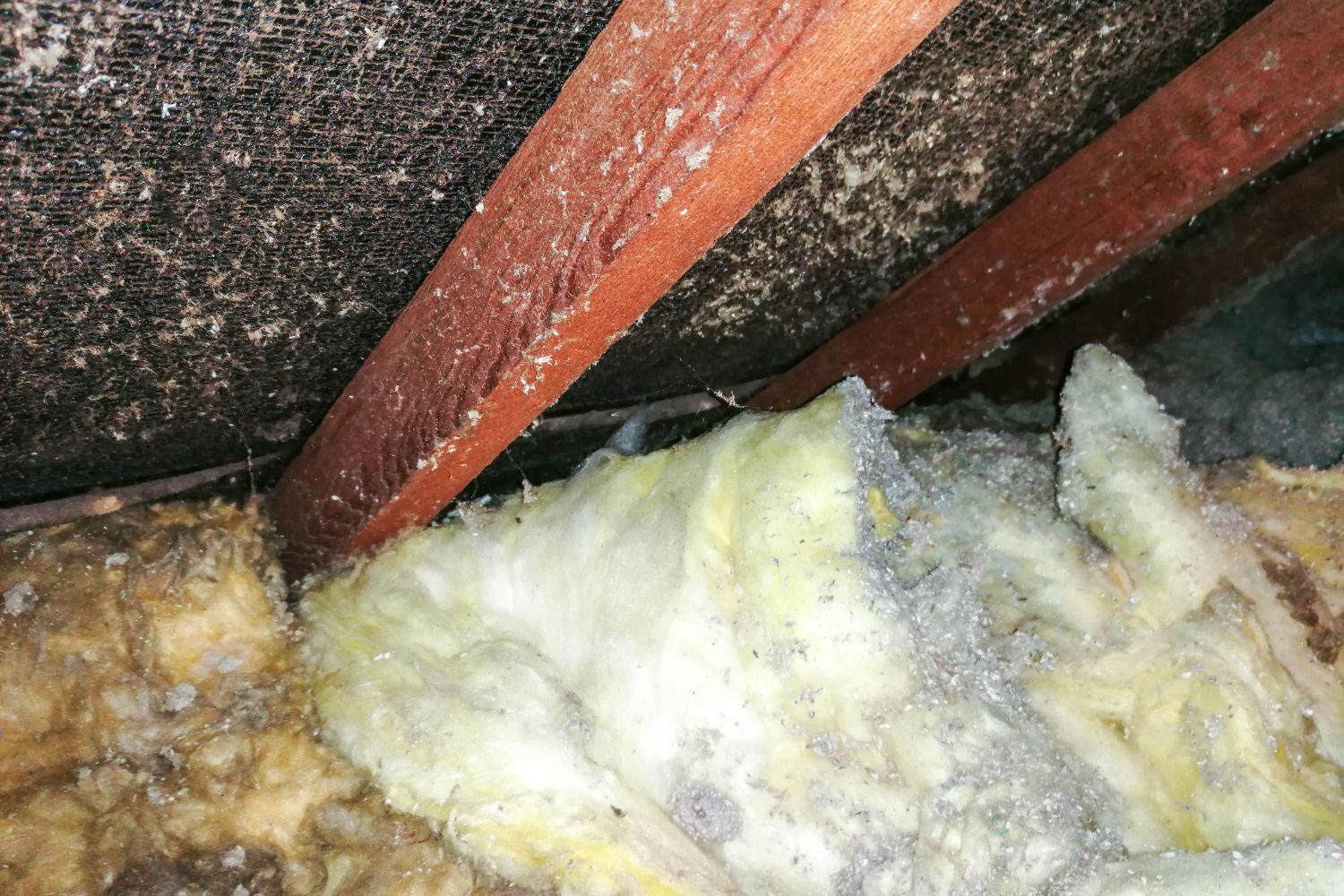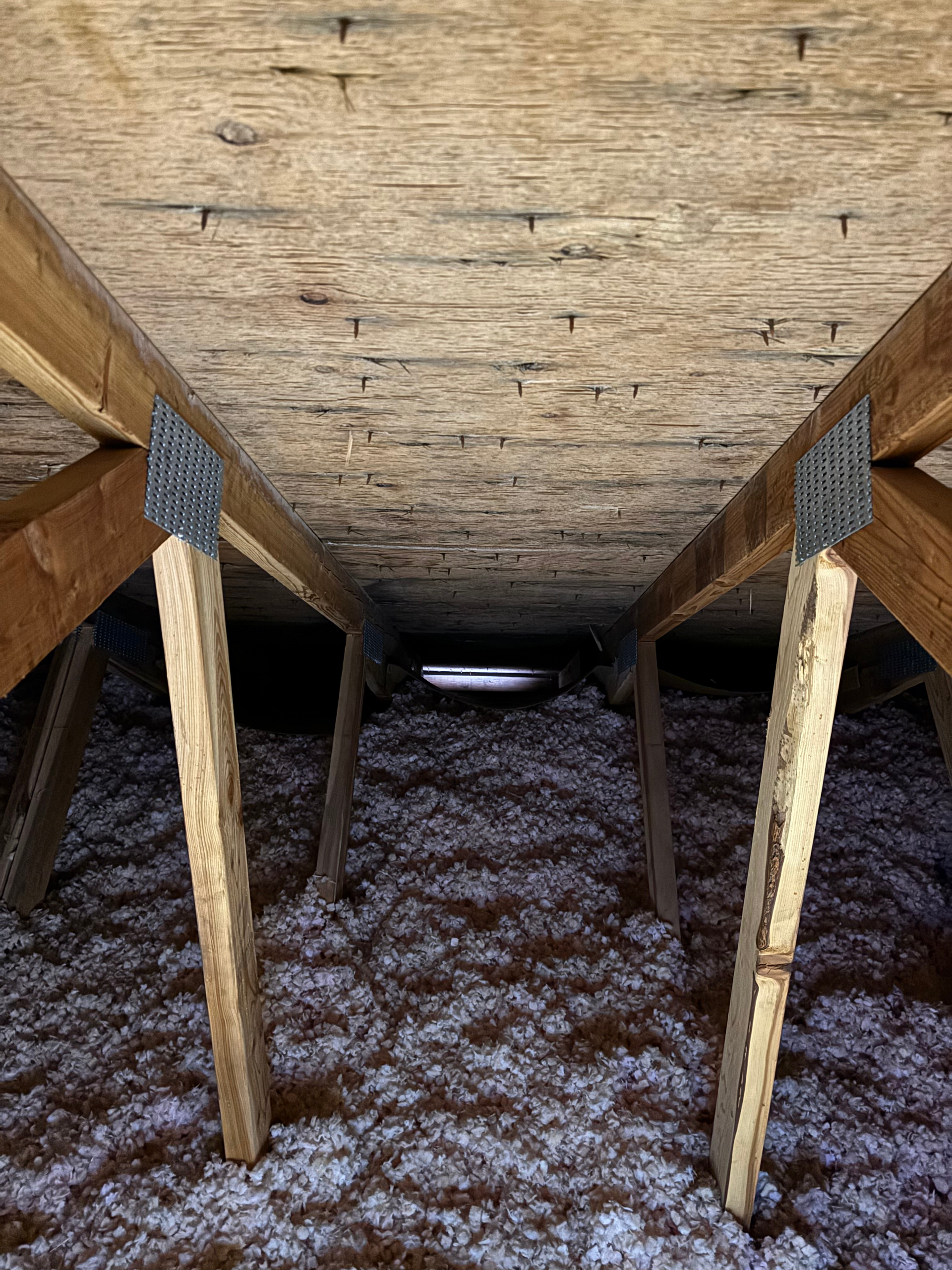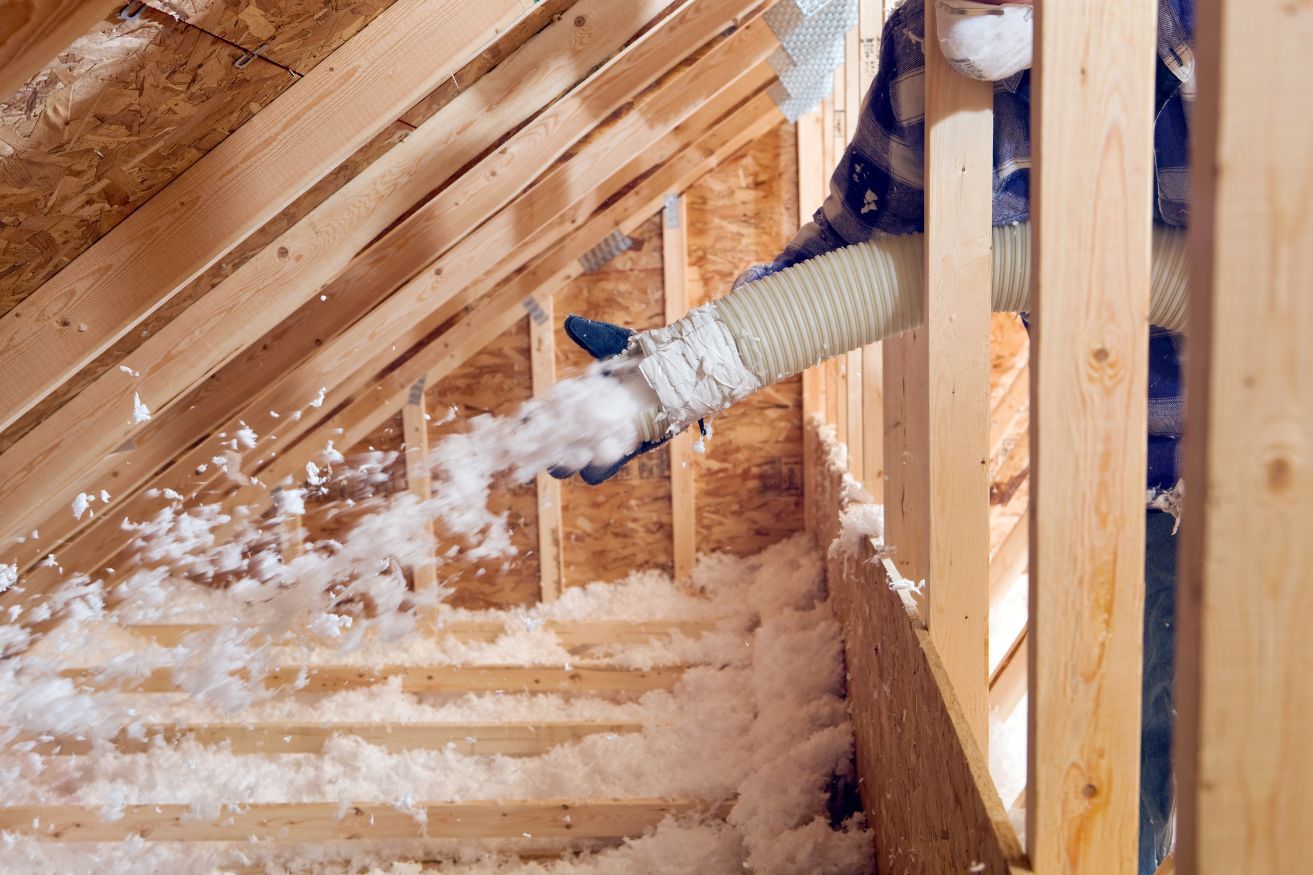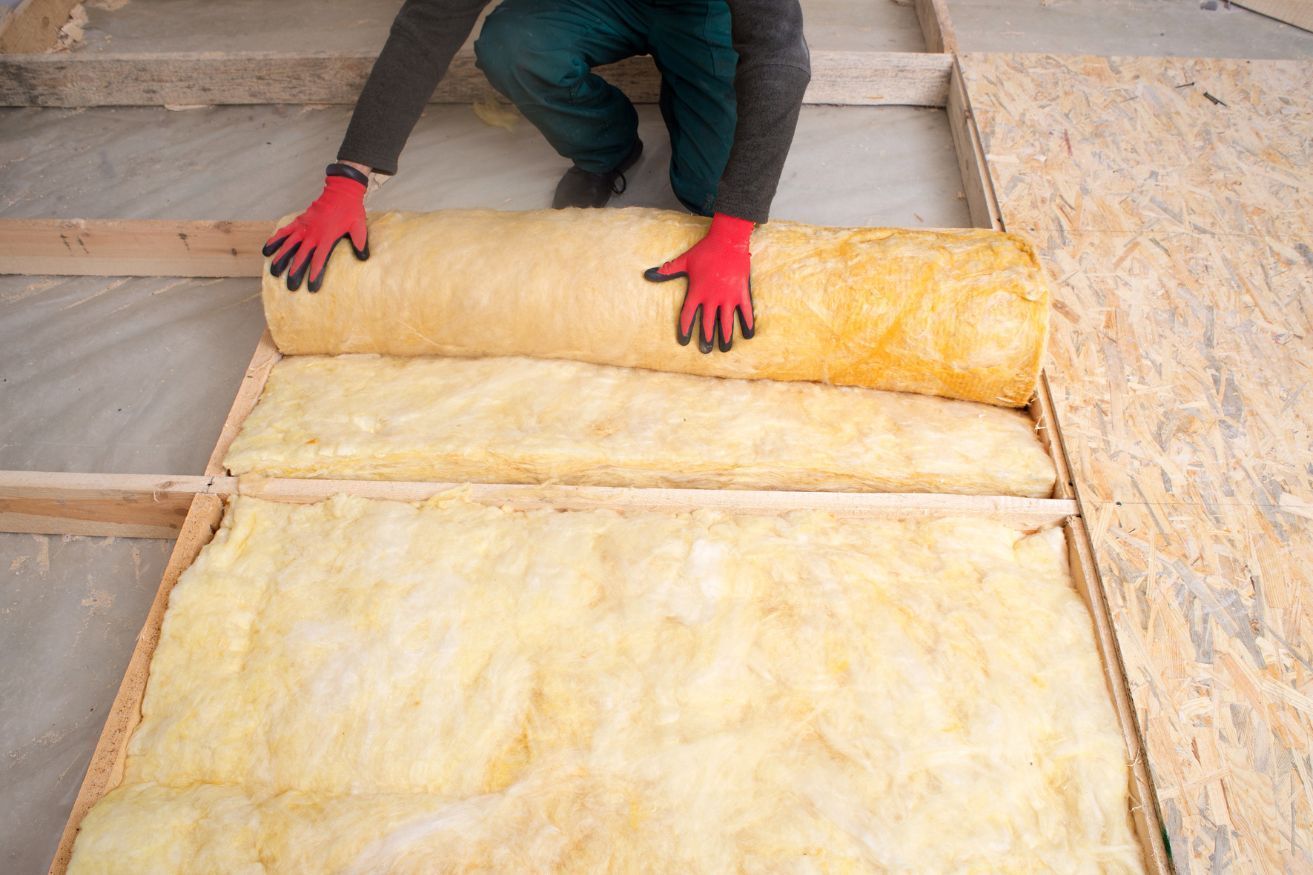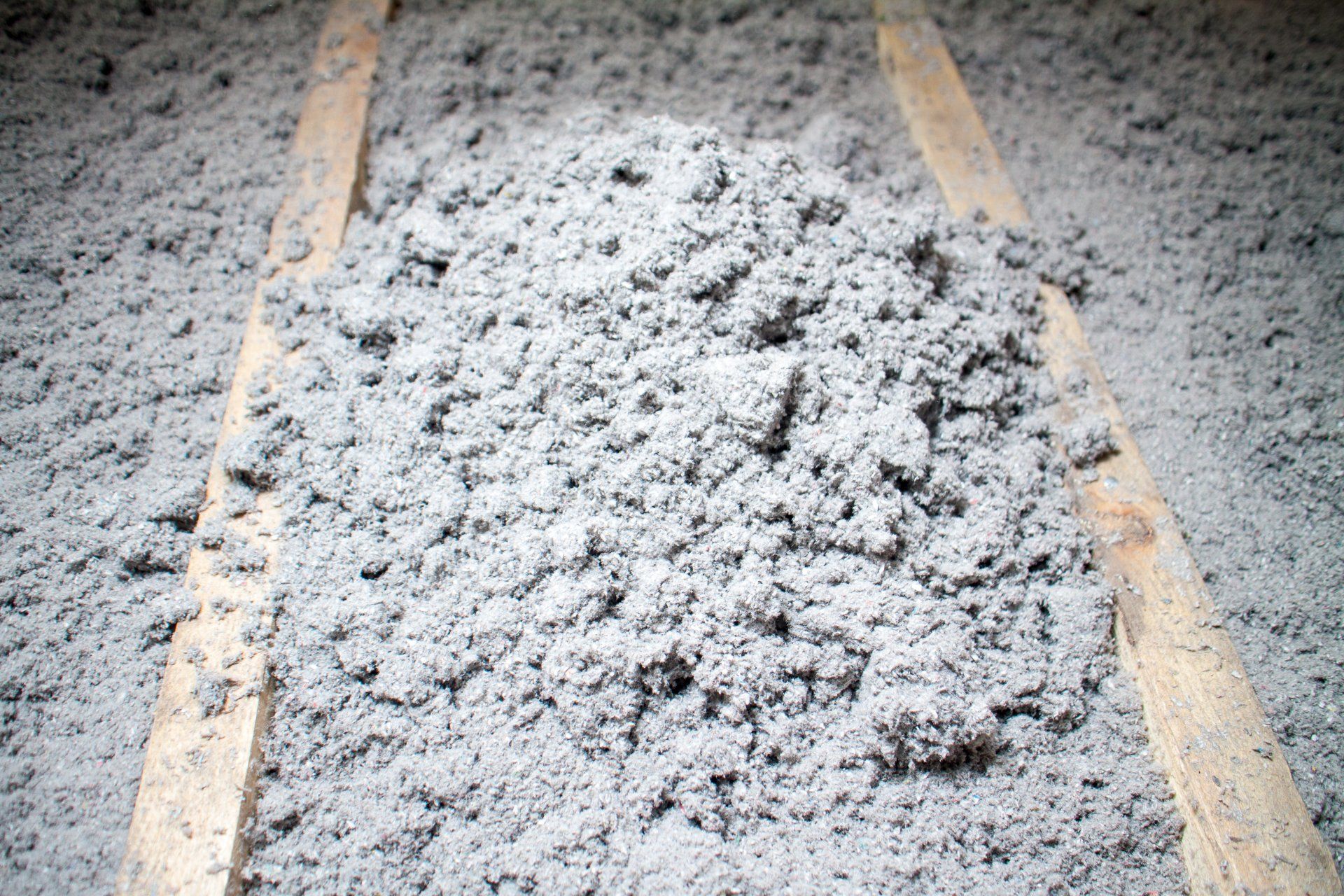What to Do When Your House Fails Inspection
First things first, let's talk about what a home inspection actually is. A home inspection is a thorough examination of a house, usually conducted by a professional inspector, to assess the condition of the property. The inspector looks at everything from the roof to the foundation, plumbing to electrical systems, and even the HVAC setup. This comprehensive review is aimed at identifying any potential issues that could affect the safety, functionality, or value of the home.
Home inspections serve as a crucial step in the buying process, offering buyers a clearer picture of what they're getting into. For sellers, understanding the inspection process can provide insight into potential red flags that might deter buyers or affect the property's market value. A well-conducted inspection allows for informed decision-making, creating a foundation for negotiations and potential resolutions between buyers and sellers.
Common Things That Fail a Home Inspection
You might be wondering, "What are some typical things that fail a home inspection?" Here are a few common culprits:
- Roof Issues: Missing shingles or leaks can be a big red flag. These problems often indicate potential water damage or the need for extensive repairs, which can be costly.
- Electrical Problems: Old wiring or overloaded circuits are serious safety concerns. These issues not only pose a risk for electrical fires but may also require significant upgrades to meet current safety standards.
- Plumbing Woes: Leaky pipes or poor water pressure are often on the list. Such issues can lead to water damage, mold growth, and reduced water efficiency, necessitating prompt attention.
- HVAC Troubles: Inefficient or malfunctioning heating and cooling systems can be problematic. Not only do they affect comfort and energy efficiency, but they can also be expensive to repair or replace.
- Structural Defects: Foundation cracks or sagging floors are major issues. These can indicate serious structural problems that could compromise the safety and stability of the home.
Each of these issues can significantly impact a home's livability and value. Addressing them proactively can prevent larger, more costly problems down the line. It's important for both buyers and sellers to recognize these common pitfalls to better prepare for negotiations and repairs.
Surprising Things That Fail a Home Inspection
Now, let's talk about some surprising things that can also trip up an inspection:
- Poor Drainage: Water pooling around the foundation can lead to big problems. This issue can cause erosion, foundation damage, and even basement flooding if not addressed properly.
- Grading Issues: The ground around your house should slope away to prevent water damage. Improper grading can lead to similar issues as poor drainage, potentially compromising the structural integrity of the home.
- Insulation Problems: Inadequate insulation can affect energy efficiency and comfort. This might not be immediately obvious but can significantly increase energy bills and decrease home comfort over time.
These less obvious issues can be just as critical as the more common ones. Recognizing them early can save time and money, ensuring a smoother transaction process. By addressing these surprising factors, sellers can enhance the home's appeal, while buyers can negotiate terms that reflect the true state of the property.
What Happens If a Home Inspection Fails?
The big question is, what happens if your house fails inspection? Well, failing doesn't mean the deal is dead. Instead, it opens up a negotiation process between the buyer and seller. This phase can be an opportunity for both parties to reassess their priorities and find mutually beneficial solutions.
- Renegotiation: The buyer might ask the seller to fix certain issues before proceeding. This can include repairs, replacements, or improvements that address the concerns identified in the inspection report.
- Price Adjustment: Sometimes, the seller might reduce the price to compensate for the needed repairs. This can make the deal more attractive to buyers who are willing to take on some of the repair responsibilities themselves.
- Walking Away: In some cases, if the problems are too severe, the buyer might decide to walk away from the deal. While this is less common, it's a possibility if the inspection reveals issues that are deal-breakers for the buyer.
Understanding these outcomes can help both buyers and sellers navigate the post-inspection phase more effectively. By approaching the situation with openness and flexibility, both parties can often find a path forward that addresses the key concerns while preserving the integrity of the deal.
Steps to Take When Your House Fails Inspection
Step 1: Don't Panic!
First, take a deep breath. A failed inspection isn't the end of the world. It's a chance to address issues and make the property better. Remember, many homes undergo similar challenges, and addressing these issues can enhance the home's value and appeal in the long run. Use this opportunity to assess the property's current condition and its potential for improvement.
Step 2: Review the Inspection Report
Carefully go through the inspection report. Make a list of all the issues noted and prioritize them based on severity and cost. Understanding the scope and nature of the problems is crucial for deciding the best course of action. This is also an opportunity to engage experts who can provide insights into the most critical repairs needed and their potential impact on the property's value.
Step 3: Get Estimates for Repairs
Once you have your list, reach out to professionals for repair estimates. This will give you a clearer picture of what it will take to fix the problems. Consulting with multiple contractors can help you get a range of opinions and prices, ensuring you make informed decisions. This step also provides a basis for negotiation, offering concrete figures to discuss with the other party.
Step 4: Negotiate with the Buyer/Seller
Use the repair estimates to negotiate with the other party. Whether you're asking for repairs, a price reduction, or something else, clear communication is key. Approach negotiations with a willingness to collaborate and find common ground, ensuring both parties feel their needs and concerns are being addressed. Effective negotiation can lead to solutions that satisfy everyone involved, facilitating a smoother transition to the next phase of the transaction.
Step 5: Make the Repairs
Once you've agreed on a plan, get those repairs done. Choose reputable contractors to ensure the work is done right. Quality repairs can not only address the current issues but also prevent future problems, increasing the home's longevity and appeal. Keep records of all repairs and improvements, as these can be valuable for future sales or appraisals.
Step 6: Re-inspection
After repairs are completed, a re-inspection might be necessary to confirm that the issues have been resolved. This step provides assurance to both buyers and sellers that the property is in good condition and ready for sale. A successful re-inspection can reinstate buyer confidence and restore momentum to the transaction process.
Does a House Have to Pass Inspection to Be Sold?
A common question is whether a house must pass inspection to be sold. Technically, a home doesn't have to pass inspection to be sold, but a failed inspection can affect the sale process. Many buyers rely on inspections to inform their decision, so addressing issues can help smooth the transaction. For sellers, proactively resolving inspection issues can prevent delays and increase buyer confidence, potentially leading to quicker sales and better offers.
Buyers, on the other hand, may choose to proceed with the purchase despite a failed inspection, especially if they're comfortable with the risk or have negotiated terms that account for necessary repairs. However, it's crucial for buyers to fully understand the extent of any issues and the costs involved in addressing them. In some cases, lenders may require certain repairs to be completed before approving a mortgage, adding another layer to the negotiation process.
Tips for Avoiding Inspection Failures
To prevent future inspection headaches, here are some tips:
- Regular Maintenance: Keep up with regular home maintenance tasks. This includes routine checks of major systems like plumbing, electrical, and HVAC, as well as addressing minor issues before they become major problems.
- Pre-Listing Inspection: Consider getting an inspection before listing your home for sale. This way, you can address any issues ahead of time. A pre-listing inspection can provide a competitive edge, allowing you to market your home as move-in ready and potentially command a higher price.
- Upgrade Insulation: As an expert in thermal dynamics, I can't stress enough the importance of proper insulation. It not only helps in passing inspections but also increases energy efficiency. Enhanced insulation can lead to lower utility bills and a more comfortable living environment, appealing to energy-conscious buyers.
By adopting these strategies, sellers can enhance their property's appeal and minimize the chances of unexpected issues arising during the buyer's inspection. Buyers, in turn, can look for these indicators as signs of a well-maintained property, potentially reducing their own post-purchase repair costs.
Real-Life Example: Fixing Insulation Issues
Let's say the inspection report points out inadequate insulation in the attic. As a building contractor or HVAC technician, you know the importance of proper insulation for energy efficiency and comfort. Addressing insulation issues can be a straightforward yet impactful way to enhance a property's appeal and functionality.
Choosing the Right Insulation
Understand the types of insulation---such as fiberglass, foam, or cellulose---and choose the one that best fits the needs of the house and climate. Factors like cost, R-value, and installation method should be considered. Proper insulation not only improves energy efficiency but also reduces noise pollution and increases overall comfort.
Installing Insulation
Ensure the insulation is installed correctly to prevent heat loss through conduction, convection, and radiation. Proper installation can significantly reduce energy bills and improve indoor comfort. Hiring professionals for installation ensures that all areas are properly covered and that the insulation meets local building codes and standards.
Conclusion
Dealing with a house that failed inspection can be daunting, but it's not an insurmountable problem. By understanding the process and taking proactive steps, you can navigate the situation effectively. Remember, every challenge is an opportunity to improve the property and make it a better home for future residents. So roll up your sleeves, tackle those issues, and get that house back on track!
Stay positive, and good luck with your home inspection journey! With the right approach, you can turn a failed inspection into a stepping stone toward a successful sale, ensuring both you and the next occupants enjoy the benefits of a well-maintained home.
